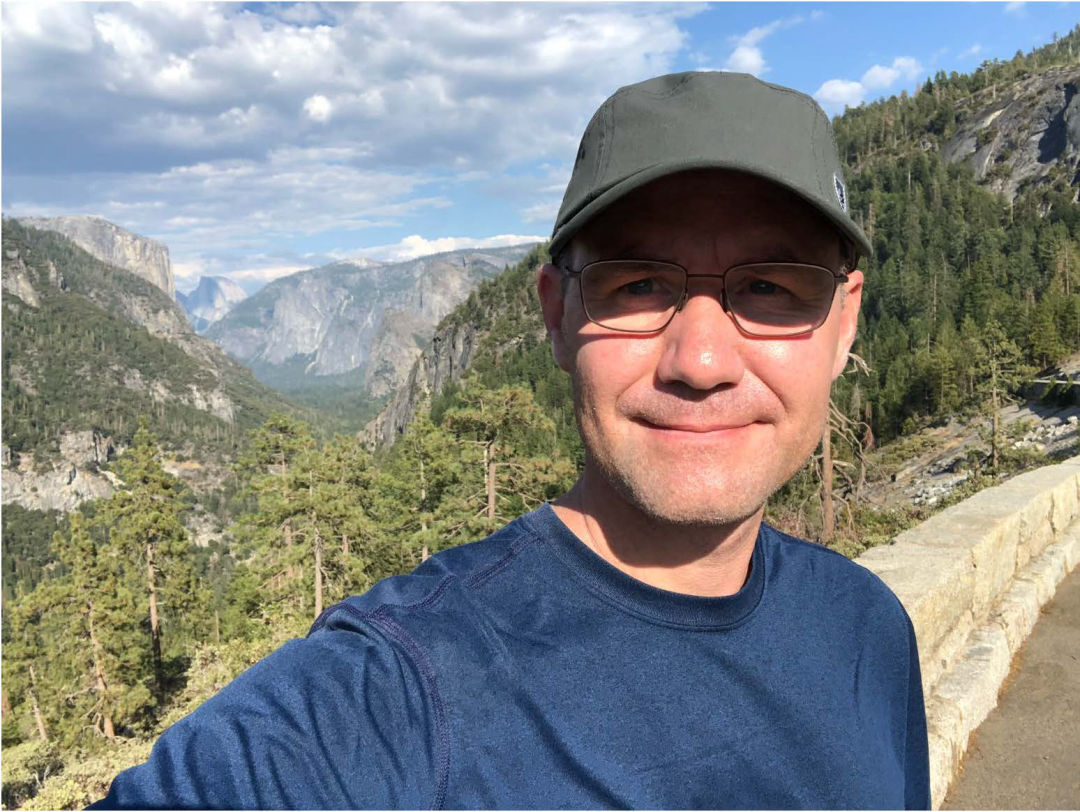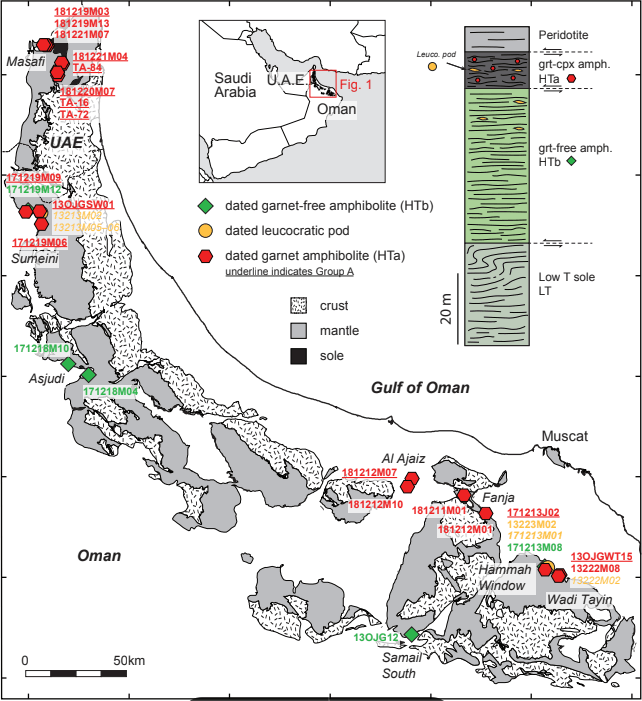


Ophiolites are slices of oceanic crust and uppermost mantle that have been obducted onto the continental margin. Given the extensive exposures of oceanic crust and mantle in these localities, they have played an important role in the development of current models for the structure and processes of formation of the oceanic crust. More recently, research has suggested that many ophiolites likely formed during the initiation of subduction zones, a critical, but poorly understood component of plate tectonics.
In my talk, I will discuss our work on the Samail ophiolite in Oman and the United Arab Emirates, the largest and best-studied ophiolite on Earth. I’ll present an overview of ophiolites, then discuss our new detailed U-Pb zircon geochronology from the Samail ophiolite and underlying metamorphic rocks. Our data provide a high-resolution record of ophiolite formation and emplacement, and provide new insights into the processes of ophiolite genesis and subduction initiation.

Matt Rioux completed a B.A. in Earth Science at Boston University in 2000 and a Ph.D. in Geological Sciences at UC Santa Barbara in 2006. He then worked as a Postdoctoral Associate in the Department of Earth, Atmospheric and Planetary Sciences at the Massachusetts Institute of Technology from 2006–2011, before becoming an Assistant/Associate Researcher in the Earth Research Institute at UC Santa Barbara from 2011–2018. He started his current position as a Teaching Professor in the Department of Earth Science at UC Santa Barbara in 2018. Matt’s research uses field work, high-precision U-Pb geochronology, major-, trace-, and radiogenic isotope geochemistry, and petrology to study magmatic and tectonic processes. His recent projects have focused on the formation and evolution of the oceanic crust and the formation of ophiolites, but he is broadly interested in mafic to felsic igneous systems.